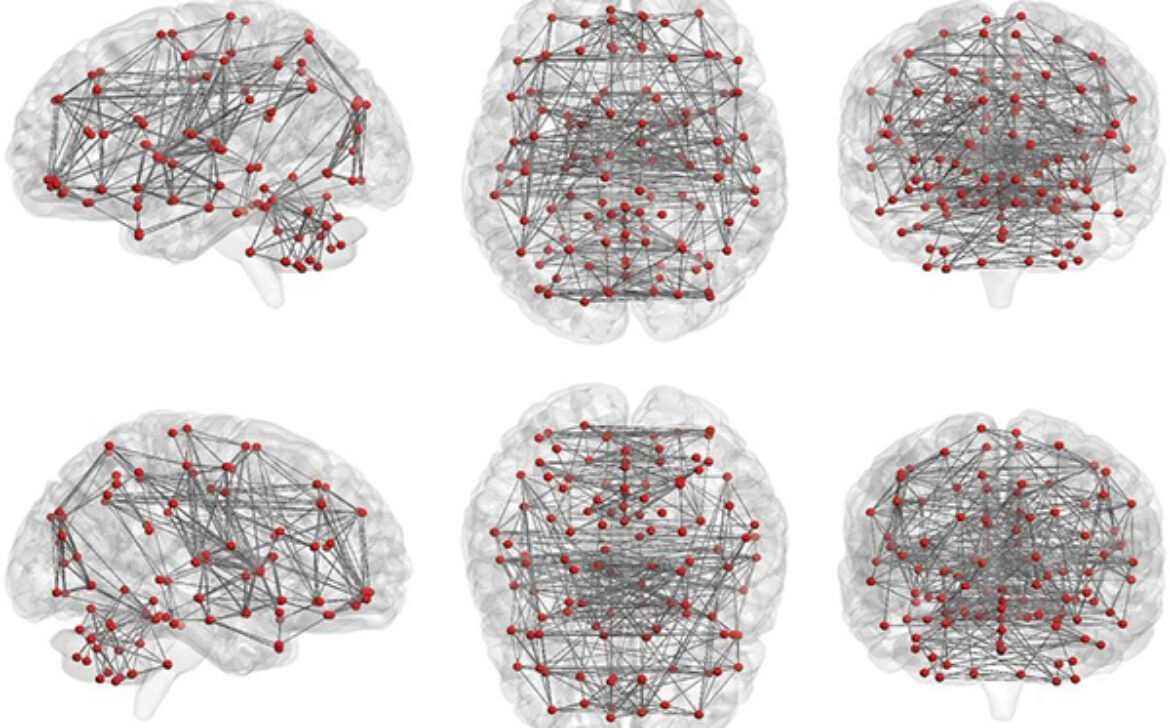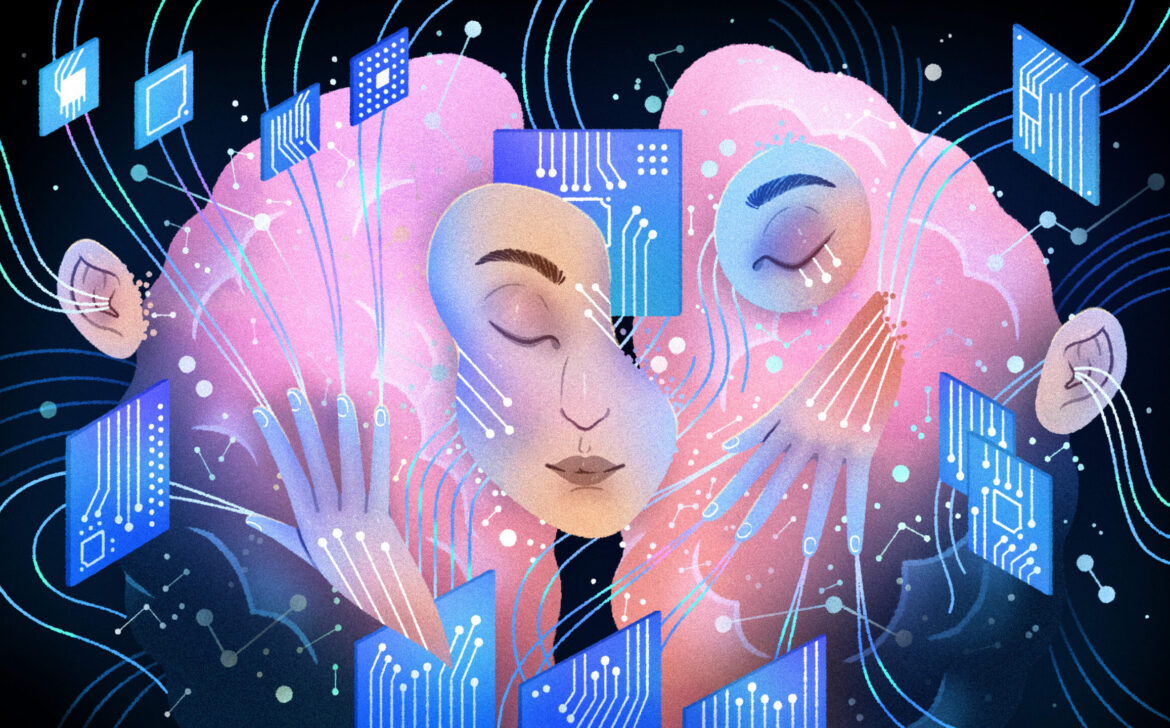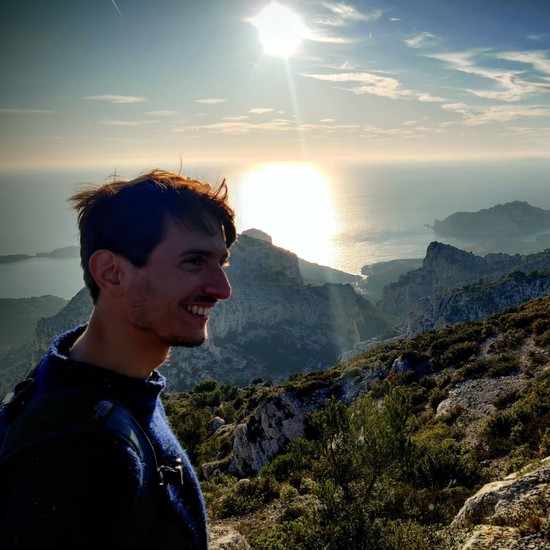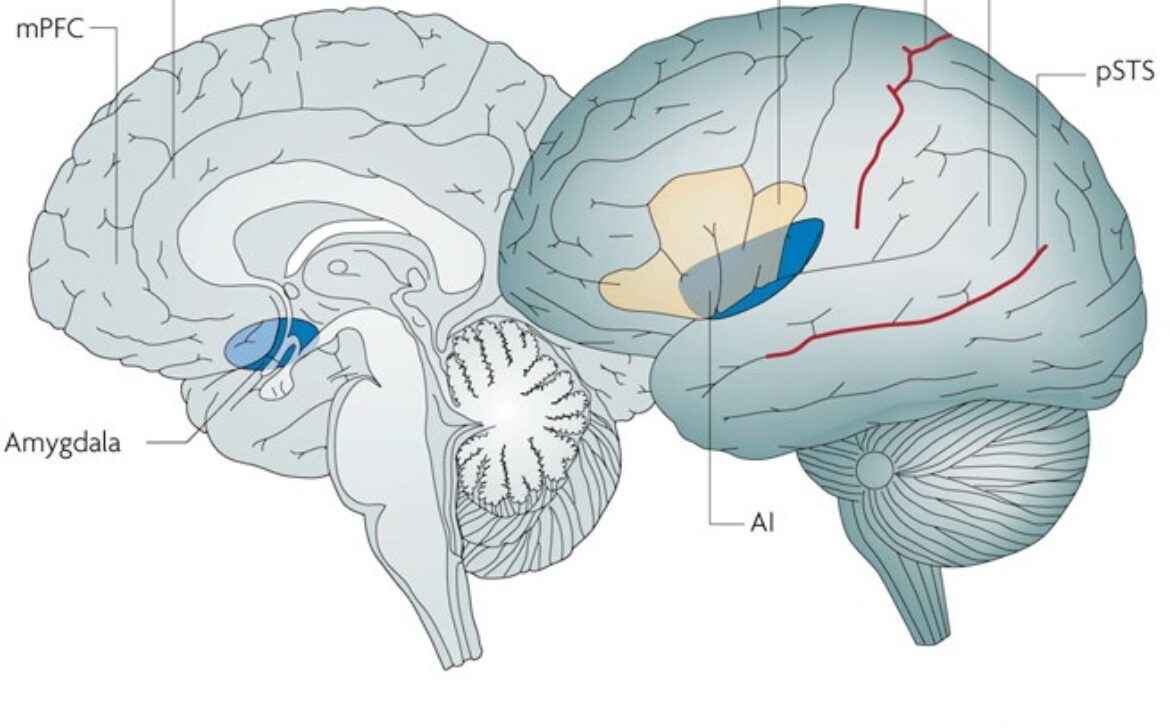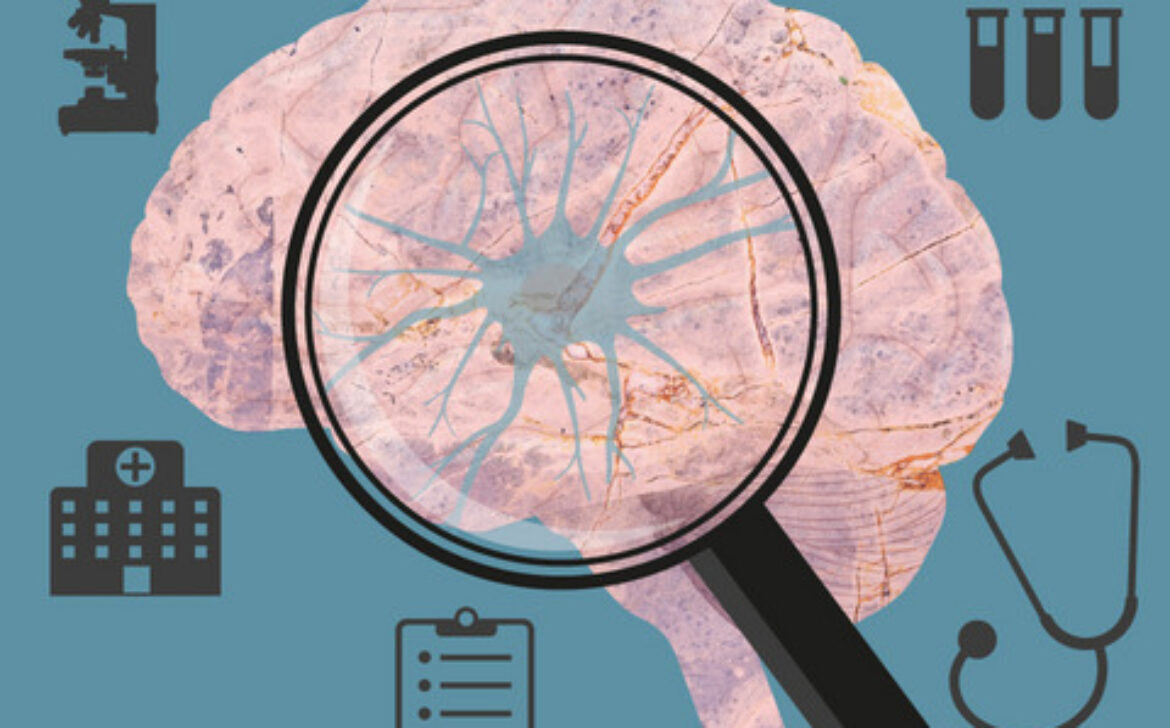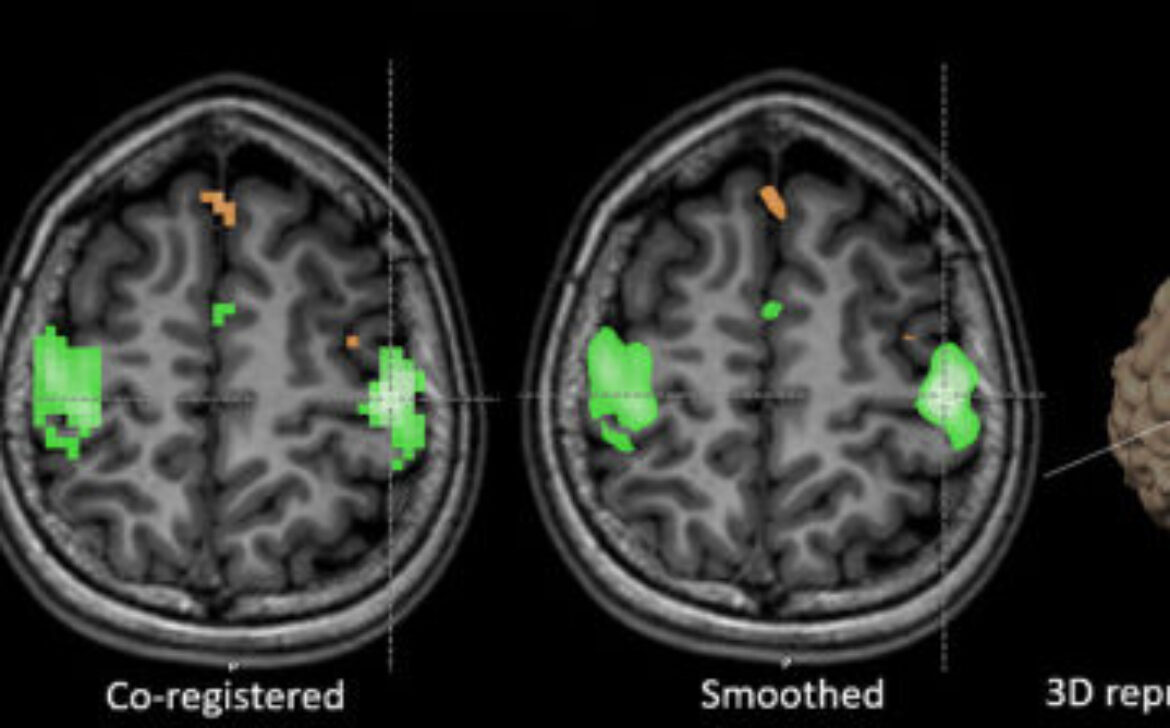عنوان سخنرانی: ارزیابی شناختی یکپارچه به جای تشخیصهای زمانبر اختلال شناختی خفیف و بیماری آلزایمر
سخنران: دکتر سید مهدی خلیقرضوی (پژوهشگاه رویان)
چکیده سخنرانی: تشخیص زودهنگام اختلال شناختی خفیف و آلزایمر برای کنترل زوال عقلی کلیدی است. نشانگرهای زیستی دیجیتال میتوانند به شناسایی افراد و دیدن تغییرات شناختی در افراد پر خطر برای ابتلا به زوال عقلی کمک کند. علاوه بر این چنین تستهایی منجر به تحلیل پیشرفتهتر و نتایج شخصیسازی شده دقیقتر میگردد. در این سخنرانی به کاربرد هوش مصنوعی و توسعه یک تست ارزیابی شناختی در تشخیص زودهنگام این بیماریها پرداخته میشود.

ویدیوی این سخنرانی در زیر در دسترس است.
Online Seminar – Cognitive Neuroscience, fMRI
Title: Integrated Cognitive Assessment for Timely Diagnosis of Mild Cognitive Impairment and Alzheimer’s Disease
Speaker: Dr. Seyed Mahdi Khaligh Razavi
Affiliation: Royan Institute
London, UK Cofounder & Chief Science Officer, Cognetivity Itd,
Previously at:
MRC Cognition and Brain Sciences Unit, Cambridge University
CSALL, Massachusetts Institute of Technology (MIT)
Harvard catalyst
Description:
Early detection and monitoring of mild cognitive impairment (MCI) and Alzheimer’s Disease (AD) patients are key to tackling dementia and providing benefits to patients, caregivers, healthcare providers and society. Digital biomarkers can help identify and monitor subtle cognitive changes in individuals at risk of developing dementia. Furthermore, such tests are able to benefit from advanced analytics for more accurate and personalised results. Artificial intelligence (AI) and machine learning are being increasingly used for applications in Dementia research. We developed the Integrated Cognitive Assessment (ICA) which is a 5-min, self-administered, computerised cognitive assessment tool based on a rapid categorisation task. The ICA is innately independent of language and culture, and can generalise across populations without the need for collection of population-specific normative data. ICA has received CE approval for use in Europe and is cleared by FDA for use in the US. After more than 28 years of symptom therapy in AD, new disease modifying therapies are becoming available which are only effective in early stages of the disease. This further emphasizes the importance of early diagnosis, and highlights the benefits of emerging technologies such as ICA a practical solution to the significant and urgent problem of timely dementia diagnosis.
* I will give a brief summary of Cognetivity’s journey so far and walk you through some of the key findings from our research publications and clinical investigations.
Date: Monday, November 8, 2021
10:00-11:30(Tehran)
Aban 17, 1400
jacktoto
jacktoto
jacktoto
jacktoto
jacktoto
jacktoto
jacktoto
jacktoto
jacktoto
link toto togel
toto togel
jacktoto
situs toto
situs toto
situs toto
jacktoto
situs toto
jacktoto
jacktoto
jacktoto
jacktoto
jacktoto
jacktoto
jacktoto
situs togel
jacktoto
jacktoto
jacktoto
toto slot
situs toto
situs toto
jacktoto
situs toto
situs togel
situs togel
situs togel
jacktoto
jacktoto
jacktoto
situs toto
slot online
jacktoto
toto togel
situs toto
situs togel
jacktoto
jacktoto
toto slot
situs toto
link toto togel
situs slot
toto togel
jacktoto
jacktoto
situs toto
link toto
toto togel
toto togel
jacktoto
togel online
toto togel
toto togel
situs toto
jacktoto
situs toto
jacktoto
situs toto
situs toto
jacktoto
situs slot
situs toto
situs toto
slot gacor
jacktoto
jacktoto
slot online
jacktoto
situs toto
link slot
link slot
jacktoto
situs toto
situs slot
toto togel
jacktoto
link togel
jacktoto
link slot
jacktoto
toto slot
toto togel
link slot
situs slot
link togel
jacktoto
situs toto
toto togel
jacktoto
slot resmi
situs slot
jacktoto
link slot
toto slot
situs togel
jacktoto
link slot
toto slot
toto togel
toto togel
situs toto
toto slot
jacktoto
situs slot
jacktoto
jacktoto
situs gacor
link slot
jacktoto
slot resmi
situs toto
jacktoto
toto togel
toto togel
toto togel
situs toto
jacktoto
jacktoto
toto slot
toto togel
link slot gacor
situs toto
toto togel
situs toto
toto togel
situs toto
jacktoto
jacktoto
slot resmi
jacktoto
toto togel
situs toto
jacktoto
toto slot
situs toto
toto slot
situs toto
jacktoto
jacktoto
jacktoto
jacktoto
situs togel
situs togel
situs togel
situs toto
situs togel
toto togel
jacktoto
jacktoto
jacktoto
jacktoto
toto togel
jacktoto
toto
situs toto
jacktoto
jacktoto
toto slot
jacktoto
situs slot
jacktoto
toto slot
jacktoto
toto slot
situs toto
link slot gacor
jacktoto
jacktoto
jacktoto
situs toto
toto togel
toto slot
jacktoto
jacktoto
jacktoto
jacktoto
jacktoto
jacktoto
jacktoto
situs togel
jacktoto
jacktoto
jacktoto
jacktoto
rtp slot
jacktoto
jacktoto
jacktoto
jacktoto
jacktoto
jacktoto
toto togel
slot online
situs toto
toto togel
slot gacor
toto togel
situs toto
jacktoto
jacktoto
situs toto
jacktoto
toto slot
situs toto
situs togel
toto togel
situs toto
toto togel
jacktoto
link slot gacor
jacktoto
situs toto
jacktoto
slot gacor
toto togel
situs toto
link togel
jacktoto
situs toto
link slot
toto togel
situs toto
situs toto
situs toto
situs toto
situs toto
situs toto
situs toto
situs toto
situs toto
situs togel
jacktoto
jacktoto
jacktoto
jacktoto
link togel
jacktoto
link slot
situs toto
link slot
jacktoto
link slot
jacktoto
jacktoto
jacktoto
toto togel
jacktoto
jacktoto
jacktoto
situs slot
jacktoto
jacktoto
link slot
slot gacor
situs toto
situs toto
jacktoto
toto slot
toto slot
jacktoto
link togel
jacktoto
link slot
toto slot
jacktoto
jacktoto
jacktoto
situs resmi
situs slot
situs slot
jacktoto
slot 4d
jacktoto
jacktoto
jacktoto
jacktoto
situs toto
jacktoto
jacktoto
togel
situs toto
toto togel
link slot
link slot
toto slot
jacktoto
jacktoto
slot resmi
situs slot
toto togel
toto togel
toto togel
jacktoto
slot gacor
slot
jacktoto
jacktoto
situs toto
jacktoto
toto slot
situs togel
situs slot
situs toto macau
situs toto
slot gacor
jacktoto
toto togel
togel
jacktoto
jacktoto
jacktoto
slot online
jacktoto
toto slot
situs toto togel
situs toto
situs toto
slot gacor
slot online
situs toto
jacktoto
toto togel
link slot
toto slot
link togel
situs toto
situs toto
situs toto
situs toto
jacktoto
jacktoto
togel
jacktoto
akfar indah
slot resmi
situs toto
situs toto
jacktoto
toto
toto togel
bandar togel
toto togel
link togel
togel
situs toto
toto togel
jacktoto
jacktoto
jacktoto
toto togel
slot resmi
jacktoto
jacktoto
link slot
link togel
jacktoto
link togel
jacktoto
situs toto
jacktoto
jacktoto
situs toto
jacktoto
jacktoto
kawi898
kawi898
kawi898
situs toto
jacktoto
jacktoto
link togel
kawi898
kawi898
toto macau
kawi898
situs slot
situs slot
kawi898
situs slot
jacktoto
toto togel
toto togel
jacktoto
situs slot
kawi898
jacktoto
bandar togel
situs togel
jacktoto
jacktoto
toto
kawi898
toto togel
jacktoto
link slot
link macau
situs slot
jacktoto
link slot
toto togel
situs slot
slot resmi
toto slot
situs gacor
situs togel
situs toto
jacktoto
situs togel
situs toto
kawi898
toto togel
slot resmi
link slot
toto togel
jacktoto
kawi898
link slot gacor
jacktoto
jacktoto
situs slot
link slot
link togel
situs togel resmi
bandar togel
situs slot online
situs togel resmi
jacktoto
slot gacor
slot
situs toto
akte kota banda aceh
akte koto banda aceh
situs slot
situs togel tepercaya
rtp slot
toto togel
jacktoto
situs toto
situs toto
situs slot
link toto macau
situs toto
link toto togel
situs toto togel
slot online
toto togel
link slot
slot
situs toto
toto togel
link togel
togel resmi
togel resmi
situs toto
toto togel
jacktoto
slot online
slot 4d
jacktoto
toto slot
situs slot online
link togel
jacktoto
situs gacor
situs slot resmi
jacktoto
jacktoto
jacktoto
jacktoto
jacktoto
jacktoto
link togel resmi
situs toto
situs slot
jacktoto
jacktoto
jacktoto
situs slot gacor
toto togel
toto togel
link slot
toto togel
slot gacor
situs togel
jacktoto
situs togel
toto slot
situs togel
situs toto togel
kawi898
jacktoto
situs slot
jacktoto
jacktoto
jacktoto
toto slot
link togel
situs toto
link slot
situs togel
jacktoto
jacktoto
slot gacor
situs toto
toto togel
situs toto
situs toto togel
togel resmi
jacktoto
jacktoto
situs togel
jacktoto
jacktoto
jacktoto
toto slot
toto slot
link togel
situs toto
toto slot
situs slot online
situs toto
situs toto togel
toto togel
kawi898
jacktoto
jacktoto
situs gacor
toto
situs toto
jacktoto
jacktoto
situs gacor
slot online
jacktoto
situs gacor
togel resmi
situs togel
slot gacor
toto togel
jacktoto
situs toto togel
situs toto
jacktoto
situs toto
slot gacor
situs slot
toto
jacktoto
situs slot
situs slot
toto slot
toto togel
kawi898
slot resmi
situs slot
link slot
jacktoto
slot resmi
togel
togel
situs togel
toto togel
link togel 4d
link slot
situs slot
toto slot
link togel
togel resmi


